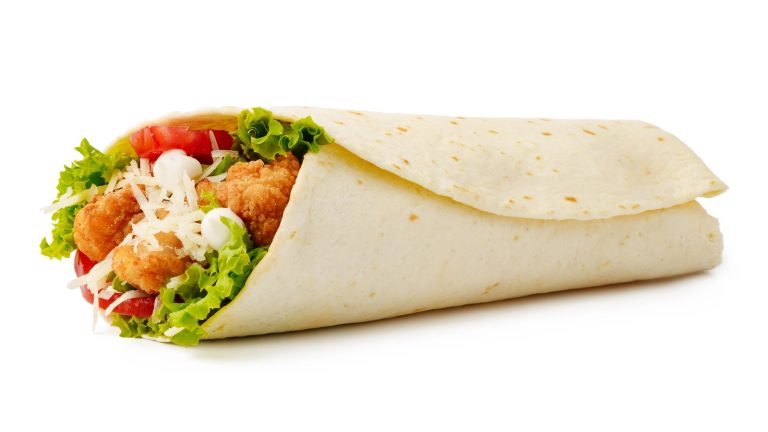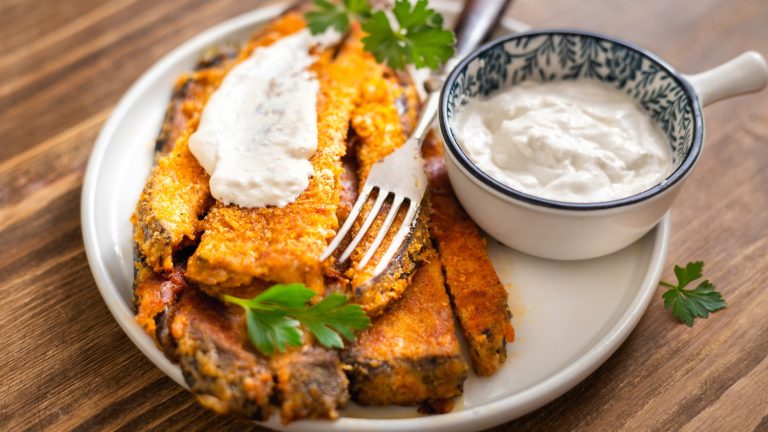Potatoes are a profoundly important crop to peoples across oceans and country lines. It’s a root vegetable that quite literally ended famine in Europe when they were brought from their original home in the Andes Mountains (yes, potatoes are from South America) during the Columbian Exchange, according to researchers. But above all, the potato crop and its ability to be grown underground without much concern for what happens above ground made it easier to grow in large quantities, removing much of the food insecurity that came from poor grain crops, and aiding the population growth of the West.
Through the years, potatoes have been at the center of many historical moments like the Great Famine in Ireland in the mid-19th century, royals like King Frederick the Great promoting the vegetable, or the increase in potato consumption following World War I. Today, they’re integral to meals eaten every day and are versatile in how they’re prepared from mashed, roasted, boiled, steamed, baked, and fried, and are a fan favorite. If you’re wanting to make deep fried potatoes at home, though, it’s important to know what fats get the best, crispiest outcome every time.
Peanut oil
Any oil used for deep frying should have a high smoke point. This is because deep frying starts anywhere between 325 and 375 degrees Fahrenheit and frying with a low smoke point oil — like flaxseed oil — can give a burnt taste to your food and you run the risk of it causing an oil fire in your kitchen. That’s why an oil like peanut oil is perfect for potatoes because it’s got a high smoke point at 450 degrees Fahrenheit and a relatively neutral taste, though you may still taste notes of peanut in the final product. Plus it doesn’t take on the flavors of whatever it’s frying. That means you can deep fry potatoes and chicken for the same meal without one tasting like the other.
There are several types of peanut oil and the one you choose matters. Most restaurants and food establishments that deep fry with oil today (Chick-fil-A, Five Guys, and Jimmy John’s to name a few) use refined peanut oil. It’s not considered an allergen because the refinement of the oil removes the protein that triggers allergic reactions, but unrefined peanut oil can and it’s got a lower smoke point. Using refined peanut oil creates a crunchy exterior and soft, fluffy interior for potatoes, which is why it’s such an industry favorite.
Beef tallow
As a rendered beef fat, beef tallow has a rich, savory flavor that has endless uses. In cooking, its 400 degrees Fahrenheit smoke point makes it a perfect option for deep frying potatoes. The fat profile for beef tallow is an interesting one, especially since it’s a solid cooking fat. It’s primarily comprised of saturated fats, which the American Heart Association recommends to only get around 13 grams or less of every day. So, while beef tallow may taste great in food, it might not be an every meal cooking fat.
As a frying oil, beef tallow infuses flavor into the food without the result being super greasy. It also gives a gorgeously golden exterior that’s crispy and just slightly beefy. Most fast food spots don’t use beef tallow for their fries, but if you want to get a taste before trying at home, Buffalo Wild Wings uses something similar in beef shortening.
Duck fat
Ducks have been a source for food for ages, but the practice of fattening ducks on purpose became popularized in France when people noted that ducks and geese stored additional fat before migration in the winter months. Why does this matter for rendering duck fat? Well, duck fat comes from the rendering of fat and skin, usually on the stovetop, over a period of time. The fat will essentially melt and then bubble. Once the pieces of skin are crispy and the fat is liquid, strain it to keep any sediment out of it, and then it’s ready to go.
The potato form that duck fat is perhaps most famous for comes in frying french fries. It adds an indulgent richness that elevates the common fry and isn’t as greasy as some other oils. With a smoke point of around 375 degrees Fahrenheit, duck fat is still great for deep frying potatoes and its health benefits also warrant use time and again.
Vegetable oil
The term “vegetable oil” is both a catch all and a type of oil at the same time. Any oil that is derived from vegetables can be called a “vegetable oil” like canola oil, sunflower oil, olive oil, and avocado oil. But when you go to the supermarket and see a bottle with the name vegetable oil written across it, that’s usually derived from pure soybean oil. Soybean oil has a very high smoke point at 450 degrees Fahrenheit, and because of that it can go through a bit of fluctuation in temperature depending on your needs.
From a flavor standpoint, vegetable oil is neutral, so it won’t dominate or interfere with the potato flavor, and it’s consistent in giving a crisp exterior. An added benefit is the affordability of vegetable oil. It’s regularly found across stores and is inexpensive compared to other oils like avocado. Places like McDonald’s and IHOP use refined vegetable oil for their french fries, but at home, beware that vegetable oil can sometimes make things feel and taste a bit greasier.
Sunflower oil
Another type of vegetable oil, sunflower oil, is made by crushing sunflower seeds under extreme pressure. The resulting oil is then refined and processed to get rid of any impurities. Pressing is often seen as a means of oil extraction that preserves nutrients and flavors unlike when adding heat. Refined sunflower oil is an overall better choice than unrefined or even cold-pressed sunflower oil due to its neutral flavor and its 450 degrees Fahrenheit smoke point.
Sunflower oil is a versatile oil that’s also surprisingly heart healthy. It’s high in monounsaturated fat and lower in saturated fat and is a great source of vitamin E. Some research points to consuming a diet with a lot of monounsaturated fatty acids can lower risk for heart disease. Potatoes fried in sunflower oil will turn out similarly to the other oils with a crispy exterior that can be even crisper with double frying.
Canola oil
Alongside vegetable oil, canola oil is one of the most popular frying oils on the market. It’s a seed oil that was created in Canada when farmers selectively bred rapeseed plants back in the 1960s and 1970s. Canola oil is created when the seeds of the canola plant are crushed, similar to the process for sunflower oil. It’s got a smoke point of around 400 to 450 degrees Fahrenheit, putting it in competition with other popular oils.
It’s a popular oil in commercial kitchens for lots of reasons, from its neutral taste to its high smoke point, but especially where restaurants are involved the price matters. Canola oil is affordable, accessible, and has no frills. Like with any other oil or fat (or food for that matter), it’s not the greatest choice health-wise in large quantities. However, it has plenty of fatty acids like omega-6 and omega-3 fatty acids, which are known for their varying health benefits.
Safflower oil
A safflower plant is an herb with an orange or yellow thistle-like flower that’s native to Africa, Asia, and parts of the Middle East. But as a crop, it’s popularly grown in the western United States. That’s because safflowers need minimal water and lots of sun to thrive. As with other seed oils, safflower oil is a pressed oil which is then refined. With that refinement, its smoke point comes to around 450 degrees Fahrenheit, with some being able to withstand 520 degrees Fahrenheit.
When used for frying, it has an almost light quality which can be a good thing as fried food can make you feel fuller more quickly when eaten. It’s a fairly versatile option that lets whatever is being fried — potatoes in this case — be the star of the show. There are some potential health benefits, like the presence of vitamin E and omega-6 fatty acids.
Palm oil
Palm oil is an incredibly stable frying oil. Not only does it have a high smoke point (around 450 degrees Fahrenheit), but it has lower levels of polyunsaturated fatty acids than some of its counterparts. This matters because high levels of polyunsaturated fatty acids can cause integrity degradation quicker. Linolenic acid can be a good thing when present in oils as an omega-3 fatty acid, but too much of it can affect an oil’s stability, and palm oil contains low amounts of this.
When frying potatoes, it will give the crispy exterior you crave while ensuring that the interior stays tender and fluffy. With its rise in popularity, palm oil has been at the center of some controversy specific to its cultivation and the deforestation that has occurred in order to meet the international demand for the product. If that is a concern for you, then we recommend opting for another oil on the list.





